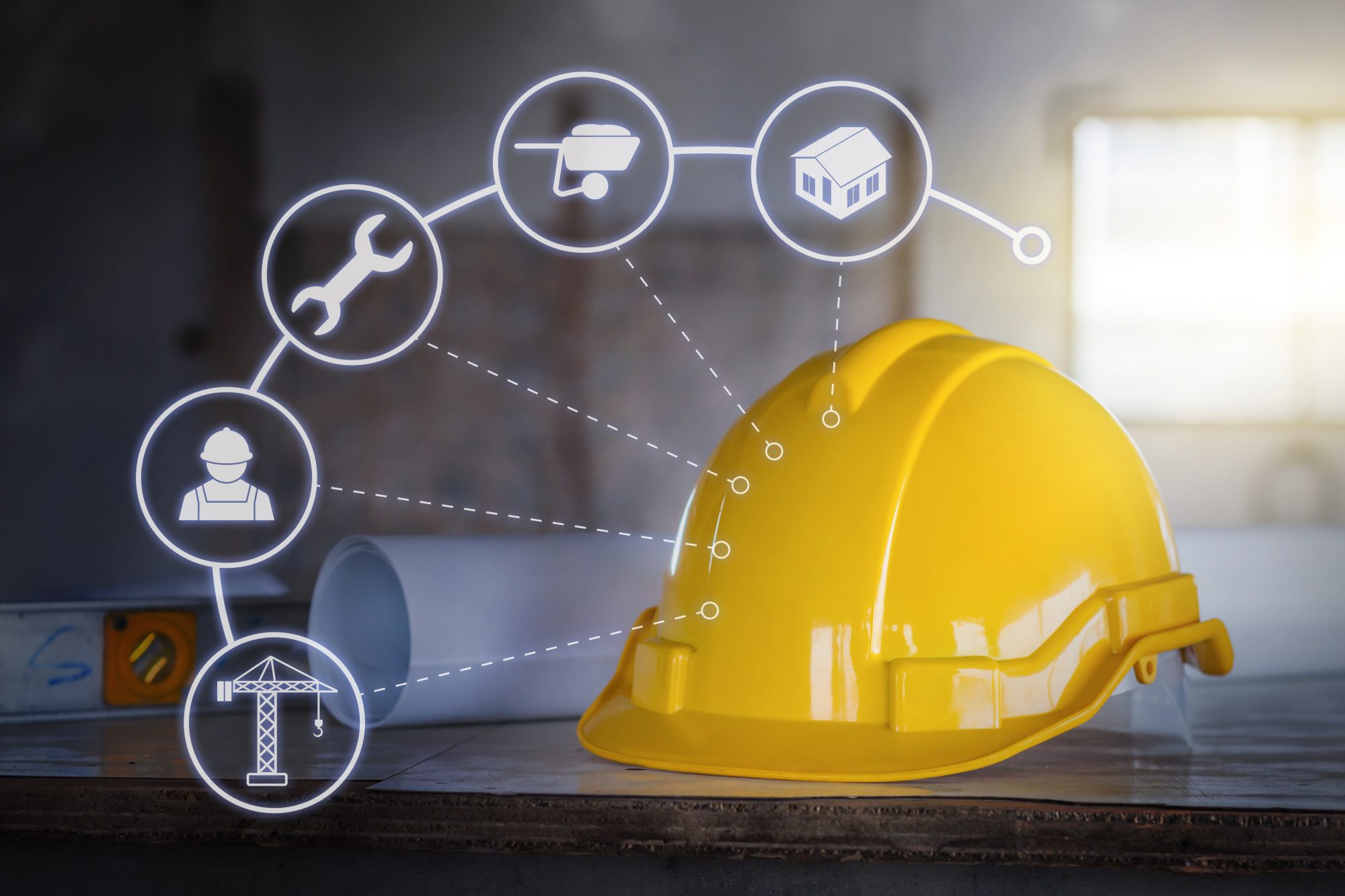Tom Noctor, team lead and strategic product consultant at Procore, discusses why construction needs to find its appetite for risk mitigation, particularly in its processes, and how single platform technology can help
When we think about risk in construction, our minds typically go to health and safety, and for good reason: risk to human life has to be of paramount concern in this line of work.
Risk in construction is also about project cost management, insurance, prequalification and much more. Risk is everywhere in construction – no one can deny that. But do we really acknowledge this where it matters most: in our processes?
If the experience of the pandemic taught us anything, it’s that risks can very quickly turn into real-life dangers that leave lasting damage.; This is a learning that we need to hold onto, with the Building Safety Bill recently becoming an Act of Parliament, and set to have far-reaching implications on the built environment industry.
Mitigating construction’s biggest risks
We have due diligence to effectively mitigate construction’s biggest risks before they become a problem. But we can only achieve that if we come away from a reliance on paper, manual processes and point solutions, and actively work to pick up the pace of digitisation in the construction industry.
Just like many industries, risk is present in construction, so there’s no doubt maintaining health and safety is a top priority for construction companies. However, there’s improvements to be made with the 2021 edition of the Health and Safety Executive’s (HSE) ‘Construction statistics in Great Britain’ report finding there were 39 fatal injuries to workers in 2020/21p. This is in comparison with the annual average number of 36 fatalities for 2016/17-2020/21p.
Given the nature of the industry, injuries and fatalities can be a risk, but there’s no reason why their frequency should be increasing.
Data is a great ally of both safety and quality because it enables true visibility.
Risk mitigation through greater visibility
The real-time visibility platform technology enables is one of the construction industry’s greatest differentiators: it provides the foundations for better, more timely communication, collaboration and insight-driven decision making. The firms that have a good level of visibility are empowered to understand, predict and correct issues before they become a problem.
If longstanding paper and spreadsheet-based processes are a hindrance to visibility in construction, its enabler is single platform technology.
Connecting compliance to course of construction
What single platform technology also enables is a more holistic approach to compliance.
Meeting compliance is not only a demanding and increasingly important aspect of construction, but it can be a source of competitive advantage for businesses as well. Yet it risks growing disconnected from the natural path construction processes take. That’s because, with many businesses’ current set ups, compliance can be an afterthought, and then, come audit time, a sudden race to meet it.
By not interweaving compliance into the daily course of construction, teams can become sidetracked by the considerable mountain of data that needs to be collated all at once, while errors pose a consistent threat from such an inefficient, retrospective process.
To ensure risk mitigation is continually adhered to, compliance must be interwoven within the day to day. One way of doing this is incorporating a platform that connects compliance activities and supports efforts to meet standards as a project moves forward. This saves teams’ time, and allows organisations to sharpen their competitiveness in two ways – by keeping teams focussed on delivery and by remaining compliant.
Single source of truth with construction management platforms
Construction management platforms provide all stakeholders, including contractors – with a single source of truth on project performance.
With a single view of key project data and real-time insights direct from the site, accessible wherever and whenever – all individuals need is a digital device. After all, people who are empowered with the visibility to identify potential risks can adjust a project’s plan accordingly.
The visibility of single platform technology also enables decision making. With quality data at the disposal of a team, everyone can sing from the same hymn sheet and are able to make more reliable, smarter and savvier decisions that are based on the complete project picture.
Take Action Plans for example, which help ensure requirements specific to companies and projects are clearly defined and visible for all teams. Quality output stays front of mind through robust plans that outline critical milestones and keep all a company’s Inspection and Test Plans (ITPs) in one, central location. It not only brings organisation to business operations, but accountability too as records of completed projects remain to document approvals in future.
Because accountability and responsibility are so important in construction, visibility drives confidence by allowing teams to understand exactly what’s going on across the business or a project at all times. This can boost stakeholders’ confidence in a company’s or person’s ability to deliver.
It’s clear why the benefits of platform-enabled visibility can improve a project’s quality and safety performance. In fact, 79% of construction firms using Procore’s quality and safety management software agree that it has improved their company’s safety programme.
When paired with the right technology, visibility is comprehensive in its application and the impact it can have.
Enabling you to keep pace with construction’s continual risk mitigation changes
When applied correctly, all of the best technologies empower workers to spend more time and energy on the work they can bring the most value to. This is undoubtedly the case with construction and single platform technology.
Single platform technology bolsters existing best practice around maximising safety and reducing project risks by its ability to provide real-time visibility, streamlined communication, collaboration and valuable insights that legacy approaches simply can’t.
There’s no denying that the construction firms that can leverage the right technology to plan and execute work will be the ones best positioned to safely keep up with the pace and complexity of today’s built environment.
Tom Noctor
Team lead and strategic product consultant














